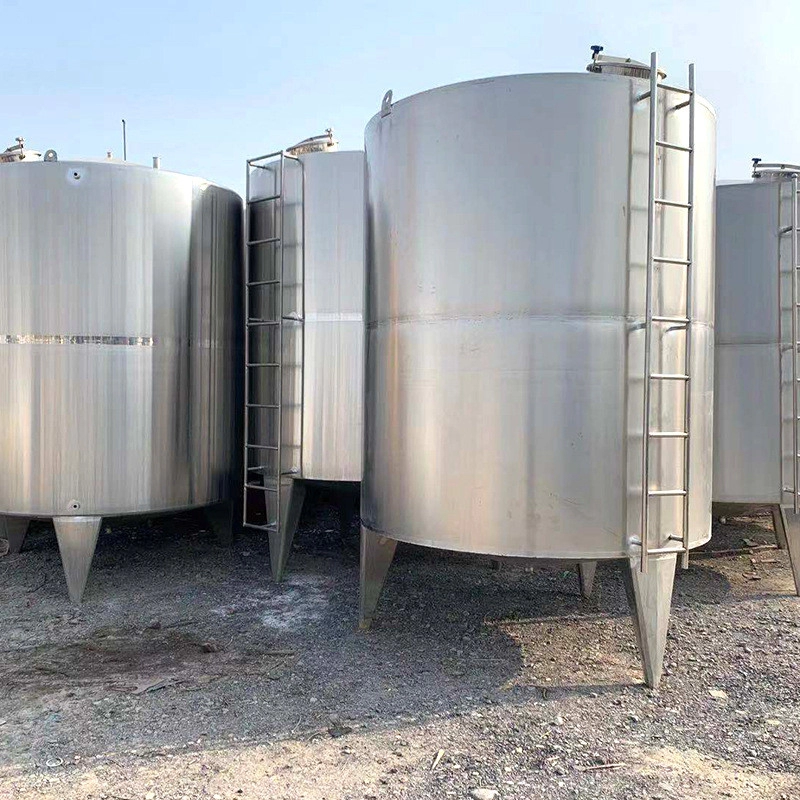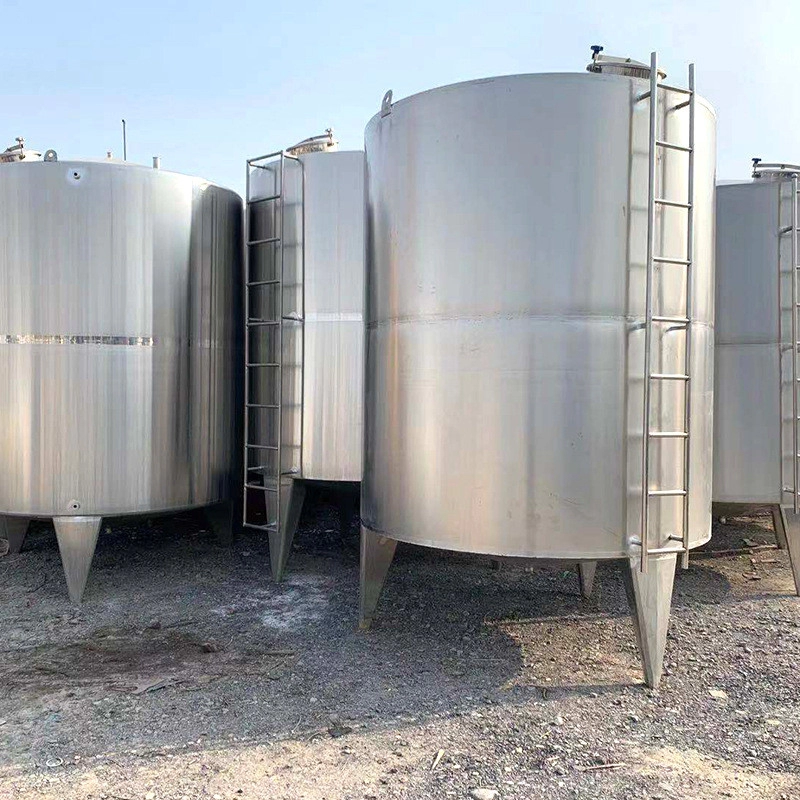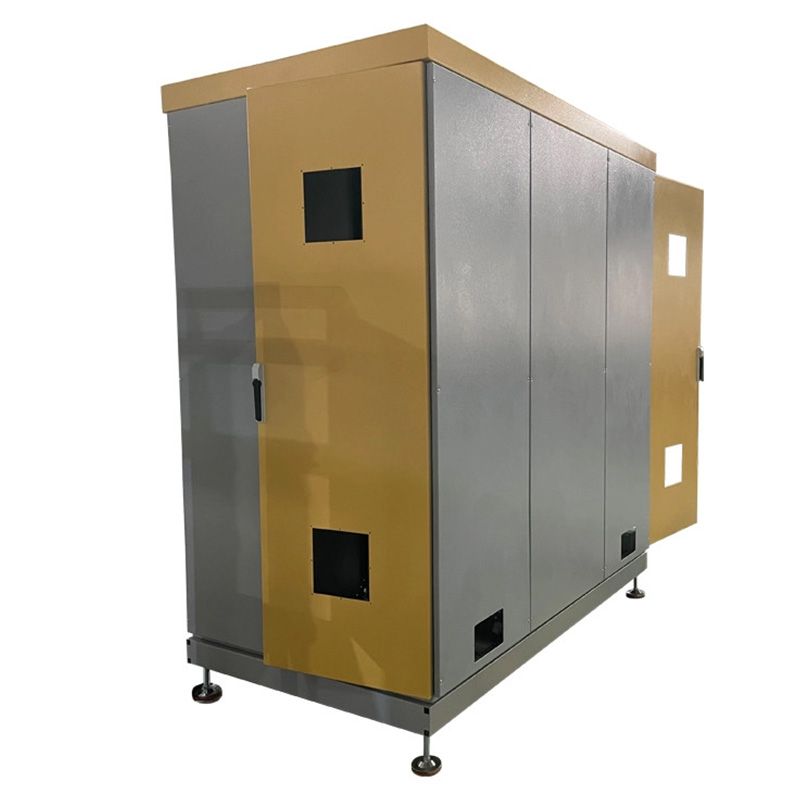Why Stainless Steel Water Storage Tanks Dominate Industrial Solutions in 2025
The Growing Demand for Reliable Water Storage
In 2025, industries face unprecedented water management challenges. Municipalities report 23% increased demand for corrosion-resistant water tanks since 2023 (Global Water Report). Our team recently worked with a California farm that doubled crop yield after switching to stainless steel water storage tanks for sale from concrete alternatives.
Problem: Material Degradation Nightmares
Traditional tanks often fail within 5-7 years. Plastic tanks warp under UV exposure, while concrete cracks. Food processing plants particularly suffer from bacterial buildup in porous materials.
Solution: Engineering Marvels in Steel
Modern stainless steel water storage tanks for sale feature:
- 304/316L marine-grade alloys
- Modular installation systems
- EPA-compliant liners
Material Showdown: Stainless Steel vs Plastic
| Feature | Stainless Steel | Plastic |
|---|---|---|
| Lifespan | 25+ years | 8-12 years |
| Temperature Resistance | -40°F to 500°F | 32°F to 140°F |
| Recyclability | 100% | 30% |
5-Step Procurement Guide
- Calculate required capacity (+15% buffer)
- Verify NSF/ANSI 61 certification
- Request material test reports
- Confirm installation crew certification
- Schedule annual maintenance inspection
⚠️ Critical Mistake Alert
Never use standard stainless steel tanks for chemical storage without epoxy coating – acidic solutions can cause pitting corrosion within months.
Installation Checklist
- □ Soil compaction test completed
- □ Cathodic protection system installed
- □ Ventilation ports unobstructed
FAQs
Q: How often should I clean my tank?
A: Professionally sanitize every 6 months – more frequently if storing potable water.
Q: Can I retrofit old tank foundations?
A: Sometimes, but new stainless steel water storage tanks for sale often require reinforced bases due to different weight distribution.







